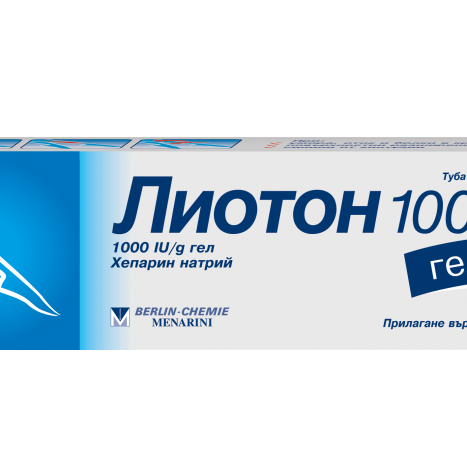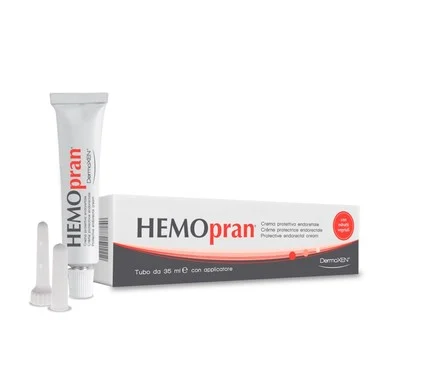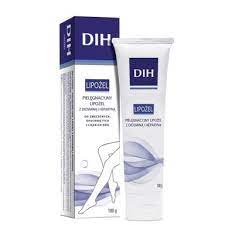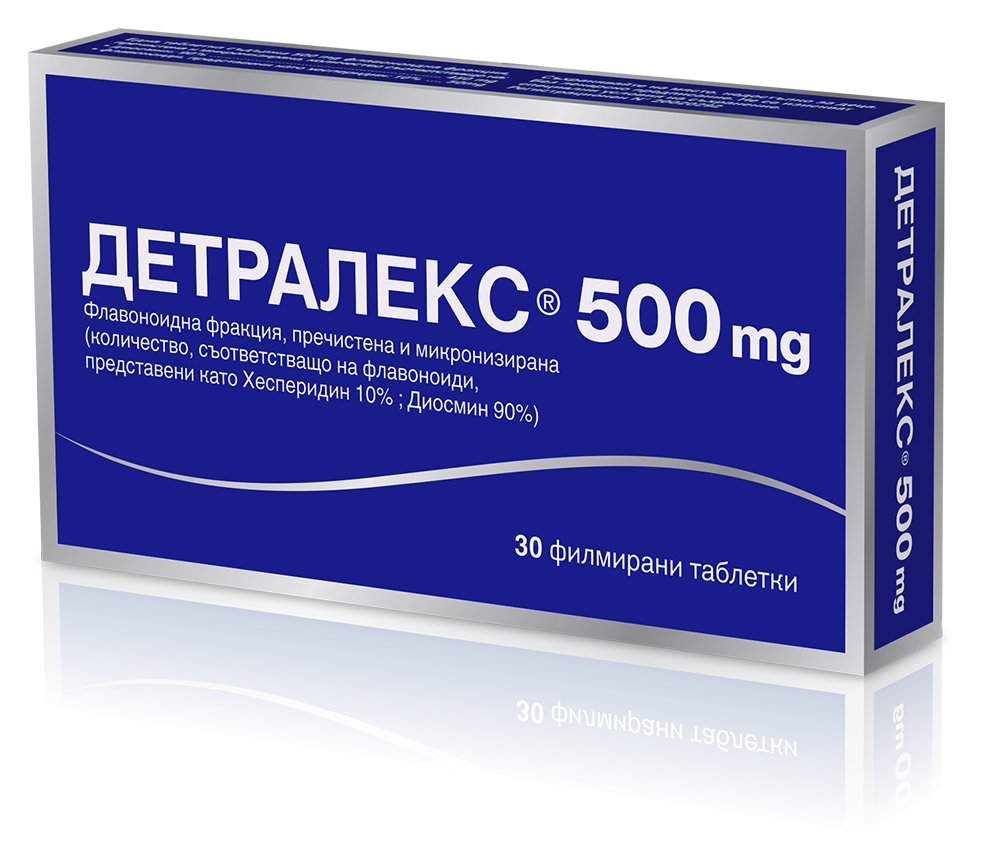LIOTON 1000 gel 50g
NAME OF THE MEDICINAL PRODUCT
Lyoton 1000 gel 1000 IU/g
Lioton 1000 Gel 1000 IU/g
2. QUALITATIVE AND QUANTITATIVE COMPOSITION
1 g of gel contains 1000 IU heparin sodium.
Excipients with known effect:
methyl parahydroxybenzoate and propyl parahydroxybenzoate as preservatives.
Bitter orange blossom oil and lavender oil as fragrances containing citral, citronellol, coumarin, d-limonene, farnesol, geraniol and linalool.
For the full list of excipients, see section 6.1.
3.PHARMACEUTICAL FORM
Gel
4.CLINICAL DATA
Therapeutic indications
Treatment of superficial vein diseases such as varicose syndromes and their associated complications: phlebothrombosis, thrombophlebitis, superficial periphlebitis, varicose ulcers.
Postoperative varicophlebitis, condition after saphenectomy.
Injuries and contusions, infiltrates and localized edema, subcutaneous hematomas. Injuries and sprains of the muscle-tendon and capsule-ligamentous structures.
4.2 Dosage and method of administration
Application to the skin: one to three times daily, 3-10 cm of gel is applied to the affected skin area and gently rubbed in.
Pediatric population
Due to limited experience and lack of data, it should not be used in children.
4.3Contraindications
Hypersensitivity to the active substance or to any of the excipients listed in section 6.1.
Lyoton 1000 gel should not be used on bleeding areas, on open wounds or on mucous membranes, as well as on infected areas in the presence of purulent processes.
4.4 Special warnings and precautions for use
The use of Lyoton 1000 gel in the presence of hemorrhages should be carefully considered. This medicine contains methyl parahydroxybenzoate and propyl parahydroxybenzoate as preservatives. This may cause allergic reactions (possibly delayed type).
This medicine contains fragrances with citral, citronellol, coumarin, d-limonene, farnesol,
geraniol and linalool. Citral, citronellol, coumarin, d-limonene, farnesol, geraniol and linalool may cause allergic reactions.
4.5 Interaction with other medicinal products and other forms of interaction
Heparin administration may further increase prothrombin time in patients taking oral anticoagulants.
4.6Fertility, pregnancy and lactation
There are no specific data on the use of the medicinal product during pregnancy and lactation.
4.7 Effects on ability to drive and use machines
Lyoton 1000 gel does not affect the ability to drive and use machines.
4.8 Adverse drug reactions
Allergic reactions to heparin when applied to the skin are very rare. However, in isolated cases hypersensitivity reactions such as skin redness and itching may occur, which usually disappear quickly after discontinuation of treatment.
Reporting suspected adverse reactions
Reporting of suspected adverse reactions after authorisation of a medicinal product is important. This allows the benefit-risk balance of the medicinal product to be monitored. Healthcare professionals are asked to report any suspected adverse reactions via the national reporting system:
Executive Agency for Medicines 8 Damyan Gruev Street
1303 Sofia
Tel.: +35 928903417
website: www.bda.bg
4.9Overdose
No cases of overdose have been described to date. In case of occurrence, the effect of heparin can be neutralized with protamine sulfate.
5.PHARMACOLOGICAL DATA
Pharmacodynamic properties
Pharmacotherapeutic group: Antivaricose agents, heparin and heparinoids for local use, ATC C05BA03.
Experimental pharmacological data indicate that Lyoton 1000 gel, applied to the skin, exerts significant anti-edematous, antigranulomatous, antiexudative, anti-inflammatory and anticoagulant activity.
5.2Pharmacokinetic properties
Pharmacokinetic studies conducted in rats have shown that heparin is present in plasma for up to 24 hours after administration, with peak levels reaching after 8 hours. Excretion is primarily via the kidneys. Application of Lyoton 1000 gel to the skin does not cause
any changes in blood clotting parameters in humans.
5.3Preclinical safety data
Short-term toxicological studies conducted on mice and rats have shown that Lyoton 1000 gel has very low subcutaneous (sc) and intraperitoneal (ip) toxicity (LD50 2000 mg/kg). Subchronic and chronic treatment by application to the skin has also shown good local and systemic tolerance of the medicinal product.
6.PHARMACEUTICAL DATA
List of excipients
Carbomer 940
Methyl parahydroxybenzoate Propyl parahydroxybenzoate Ethanol
Bitter orange blossom oil (contains linalool, d-limonene, geraniol, citral, citronellol and farnesol)
Lavender oil (contains linalool, d-limonene, geraniol and coumarin) Trolamine
Purified water
6.2 Incompatibilities
Not applicable.
6.3 Shelf life
5 years
6.4 Special storage conditions
Store below 25 °C.
6.5 Nature and contents of container
Cardboard box containing a tube of 30 g, 50 g or 100 g of gel. Not all pack sizes may be marketed.
6.6 Special precautions for disposal
There are no special disposal requirements.
Any unused medicinal product or waste material should be disposed of in accordance with local requirements.
7. MARKETING AUTHORISATION HOLDER
A.MENARINI Industrie Farmaceutiche Riunite srl Via Sette Santi 3
Florence, Italy
8. MARKETING AUTHORISATION NUMBER
9600341
9. DATE OF FIRST AUTHORISATION/RENEWAL OF THE AUTHORISATION
Date of first authorisation: 11.12.1996 Date of last renewal: 28.04.2009
10.DATE OF TEXT UPDATE
July, 2018









